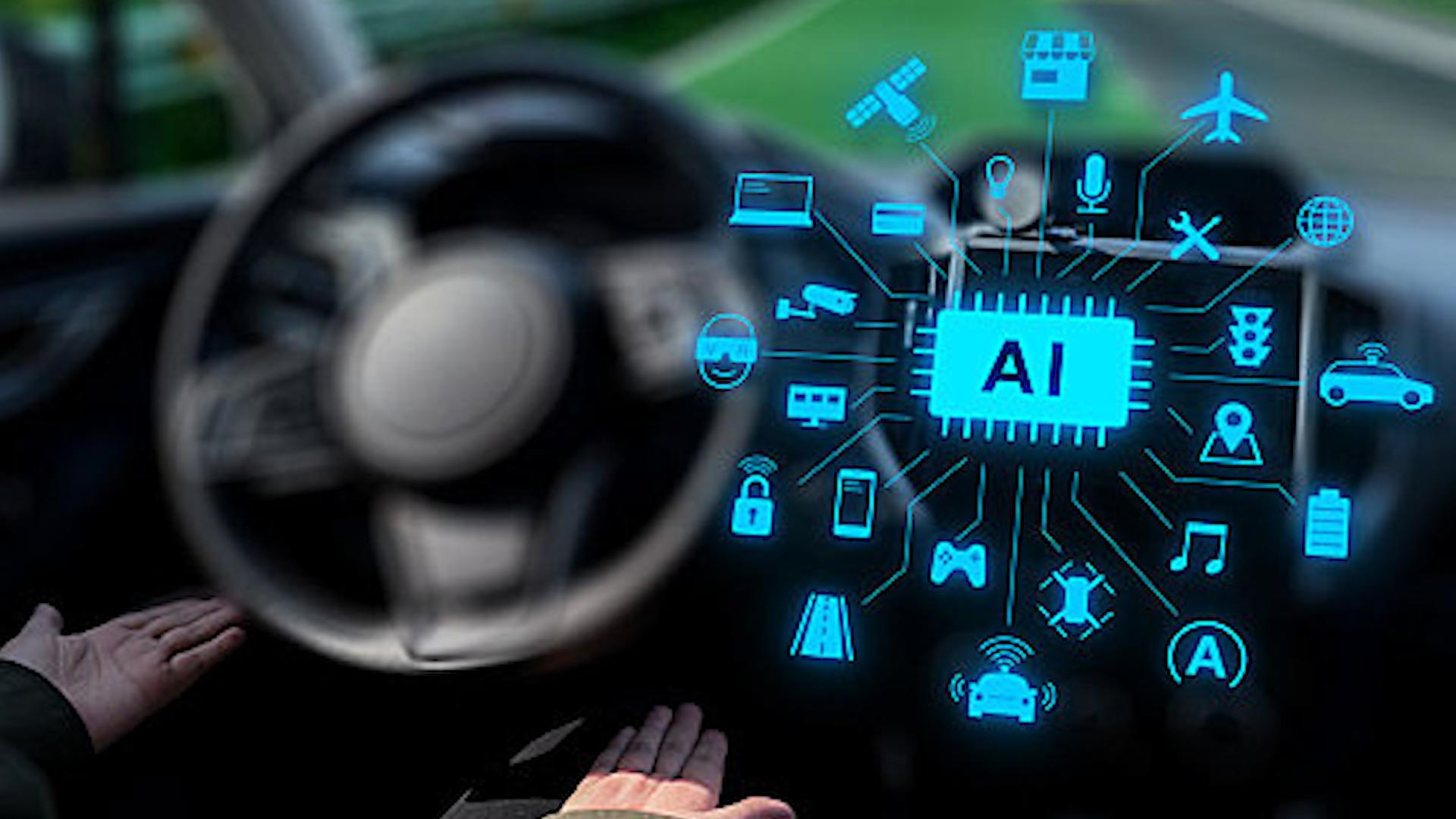
When discussing the future development of autonomous driving technology, we have to face many challenges and realistic limitations. Recently, Ali Carney, vice president of Nvidia Automotive business, in an interview with professional media, analyzed the possibility of fully autonomous vehicles being fully put into use on public roads in a pragmatic manner, as well as the bottlenecks and future directions of current technology development.
Carney pointed out that while there have been significant advances in autonomous driving technology in recent years, with limited autonomous driving capabilities in certain controlled environments in some models, there is still a long way to go before true, hands-free autonomous driving can be achieved. This judgment is based on a deep insight into the current state of technology and a rational prediction of future development trends.
From a technical point of view, the realization of fully autonomous vehicles faces multiple challenges. First of all, the rapid changes in the software development environment have put forward higher requirements for the research and development of autonomous driving technology. Carney noted that the current software development model is very different from three years ago, and the application of cutting-edge technologies such as large-scale language models in the automotive field is still in its infancy. While these technologies provide more powerful data processing and analysis capabilities for autonomous driving systems, they also introduce more complex safety and stability issues.
In addition, autonomous driving systems require far more computing power and memory bandwidth than traditional automotive systems. In order to achieve accurate environmental perception and decision making, autonomous vehicles need to be equipped with high-performance sensors (such as lidar, radar, etc.), as well as computing platforms that can process massive amounts of data in real time. However, the cost, power consumption, and integration difficulties of these hardware are challenges for current technologies.
Redundant algorithms are the key to ensure the safety of autonomous driving. In complex traffic environments, autonomous driving systems must be able to respond to various emergencies and ensure the safety of passengers and pedestrians. This requires the system to be designed with redundancy in mind, that is, when a component or function fails, other components or functions can immediately take over to ensure the normal operation of the car. However, achieving this redundancy requires not only high costs, but also a lot of innovation and optimization in algorithm design.
In addition to the technical difficulties, the development of autonomous driving technology also needs to consider legal, ethical and social acceptance factors. There are differences in laws and regulations on autonomous vehicles in different countries and regions, which brings uncertainty to the technology research and development and market promotion of multinational enterprises. At the same time, public acceptance of autonomous driving technology is also an important factor. Despite the promise of self-driving technology to improve traffic efficiency and safety, many people remain skeptical of machine driving.
Carney stressed that the development of autonomous driving technology needs to proceed cautiously. He pointed out that any mistake in the autonomous driving system could cause serious traffic accidents and even endanger people's lives. Therefore, when developing and rolling out autonomous driving technology, companies must act in the most responsible way to ensure the safety and reliability of the technology. This requires companies to conduct adequate testing and verification in the technology research and development stage, while maintaining close communication with government departments, industry organizations and consumers to jointly promote the healthy development of autonomous driving technology.
Despite the challenges, Nvidia continues to invest in autonomous driving. As one of the industry leaders, Nvidia understands the strategic significance and market potential of autonomous driving technology. Therefore, the company plans to jointly promote technological innovation and market expansion through deep cooperation with major automobile manufacturers around the world. This mode of cooperation helps to integrate the resources of all parties and accelerate the maturation and commercialization process of autonomous driving technology.
In terms of technological innovation, Nvidia is developing the next generation of automotive processors "Thor". The processor is able to process all the data from sensors, lenses and radar, and make path predictions to provide more computing power for self-driving cars. In addition, Nvidia is also studying the application of cutting-edge technologies such as large-scale language models in the automotive field, in order to improve the intelligence level of autonomous driving systems.
It is worth noting that Nvidia's autonomous driving technology is not limited to the automotive industry, but also extends to the field of robotics. Its "Thor" processor is also suitable for application scenarios such as autonomous mobile robots or humanoid robots, demonstrating Nvidia's deep strength in the field of general-purpose machine processors. This cross-cutting technology application will help broaden the market boundaries of autonomous driving technology and bring more business opportunities for Nvidia.
The possibility of fully autonomous vehicles being fully operational by 2030 still faces many challenges. However, as the technology continues to advance and the market gradually matures, autonomous driving technology is expected to make breakthroughs in the next few years.

Since 2022, the Fed has cumulatively reduced its balance sheet by $2.4 trillion through quantitative tightening (QT) policies, leading to a near depletion of liquidity in the financial system.
Since 2022, the Fed has cumulatively reduced its balance sh…
On December 11 local time, the White House once again spoke…
Fiji recently launched its first green finance classificati…
Recently, the European Commission fined Musk's X platform (…
At the end of 2025, the situation in the Caribbean suddenly…
The U.S. AI industry in 2025 is witnessing a feverish feast…